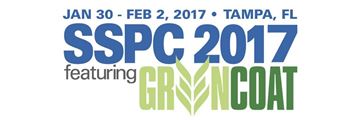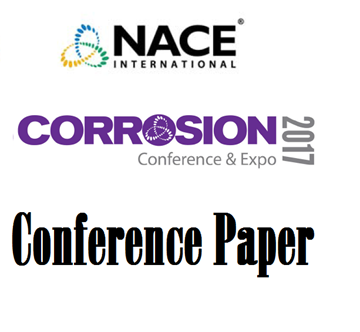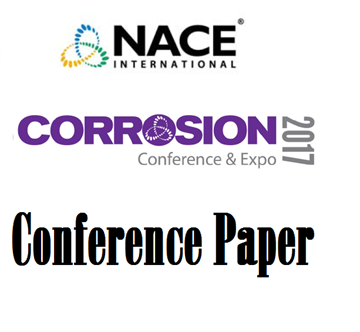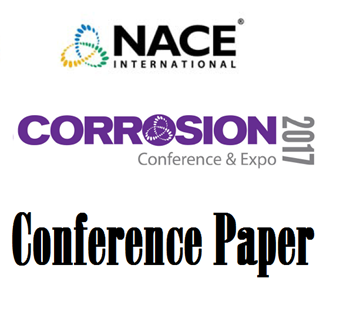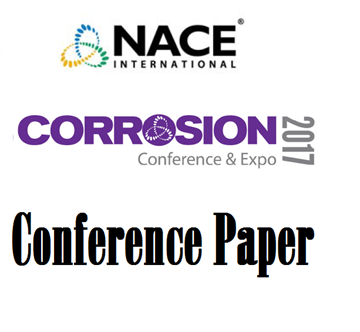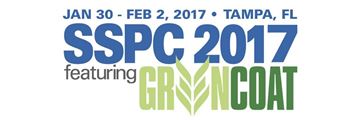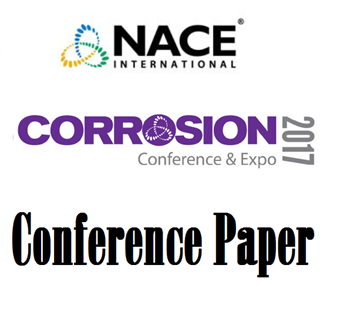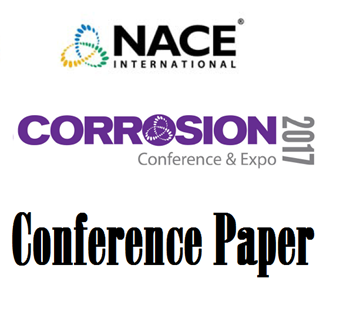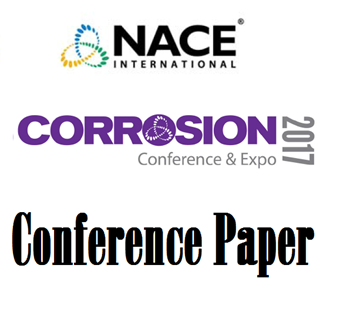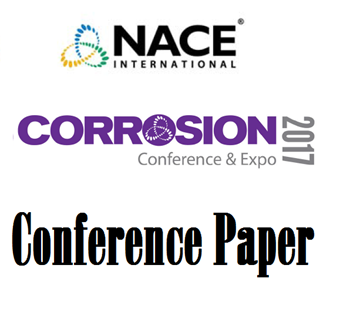Search
Products tagged with '2017 Conference Papers'
View as
Sort by
Display
per page
Considerations for Concrete Corrosion Control Alternatives
Product Number:
51217-045-SG
Publication Date:
2017
$20.00
Continuous Monitoring of Atmospheric Corrosion and Coating Degradation
Product Number:
51317--8834-SG
ISBN:
8834 2017 CP
Publication Date:
2017
$20.00
Control of Corrosion of Electrical Submersible Wells and Rod Pumped Wells in Varied Carbon Dioxide Environments Using Batch Treatment
Product Number:
51317--9450-SG
ISBN:
9450 2017 CP
Publication Date:
2017
$20.00
Corrosion and Corrosion Products in a Sour Environment from 80°C to 200°C
Product Number:
51317--9084-SG
ISBN:
9084 2017 CP
Publication Date:
2017
$20.00
Corrosion Behavior of High-Alloy Austenitic Stainless Steel in Simulated Geothermal Environment
Product Number:
51317--9280-SG
ISBN:
9280 2017 CP
Publication Date:
2017
$20.00
Corrosion Behavior of Selected Alloys in Kraft Recovery Boiler Superheater Environments
Product Number:
51317--9159-SG
ISBN:
9159 2017 CP
Publication Date:
2017
$20.00
Corrosion Inhibition of Pipeline Steels Under Supercritical CO2 Environment
Product Number:
51317--9153-SG
ISBN:
9153 2017 CP
Publication Date:
2017
$20.00
Corrosion Inhibitor Film Stability Under High Gas Velocity Conditions of Subsea Wet Gas
Product Number:
51317--9247-SG
ISBN:
9247 2017 CP
Publication Date:
2017
$20.00
Corrosion Looping for Down Stream Petroleum Plants: An Enigma for RBI Engineers A Perspective From the Review of Mechanical Integrity Systems
Product Number:
51317--9178-SG
ISBN:
9178 2017 CP
Publication Date:
2017
$20.00
Corrosion of Copper in Anoxic Groundwater Inoculated with Sulfate Reducing Bacteria and Methanogens
Product Number:
51317--9355-SG
ISBN:
9355 2017 CP
Publication Date:
2017
$20.00
Corrosion of Ni-Al Bronze and it’s Main Alloying Elements - Effect of Magnetic Field
Product Number:
51317--9308-SG
ISBN:
9308 2017 CP
Publication Date:
2017
$20.00

